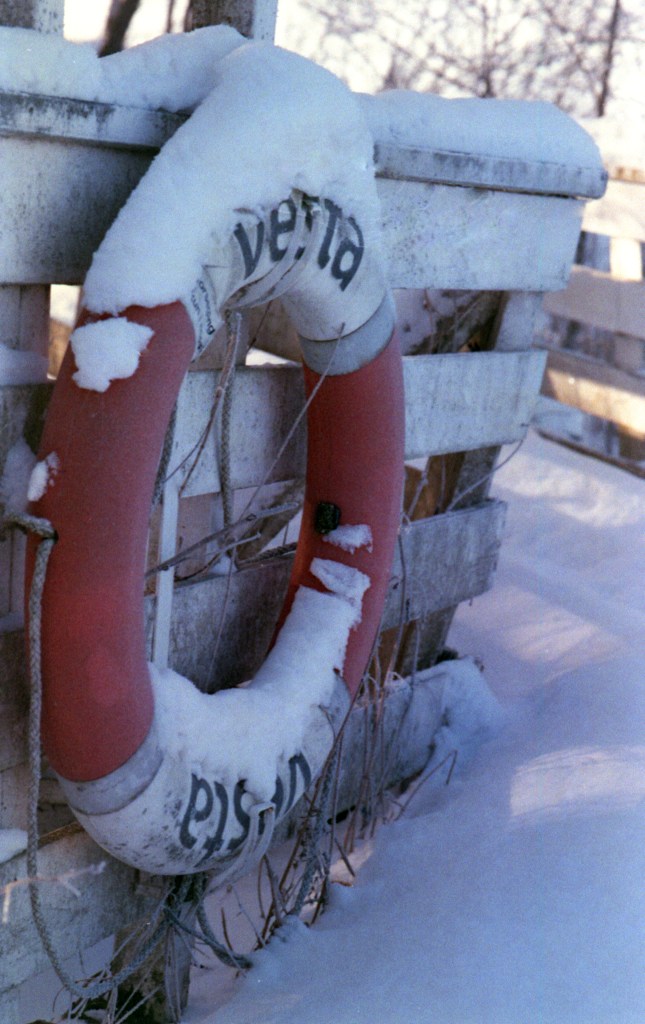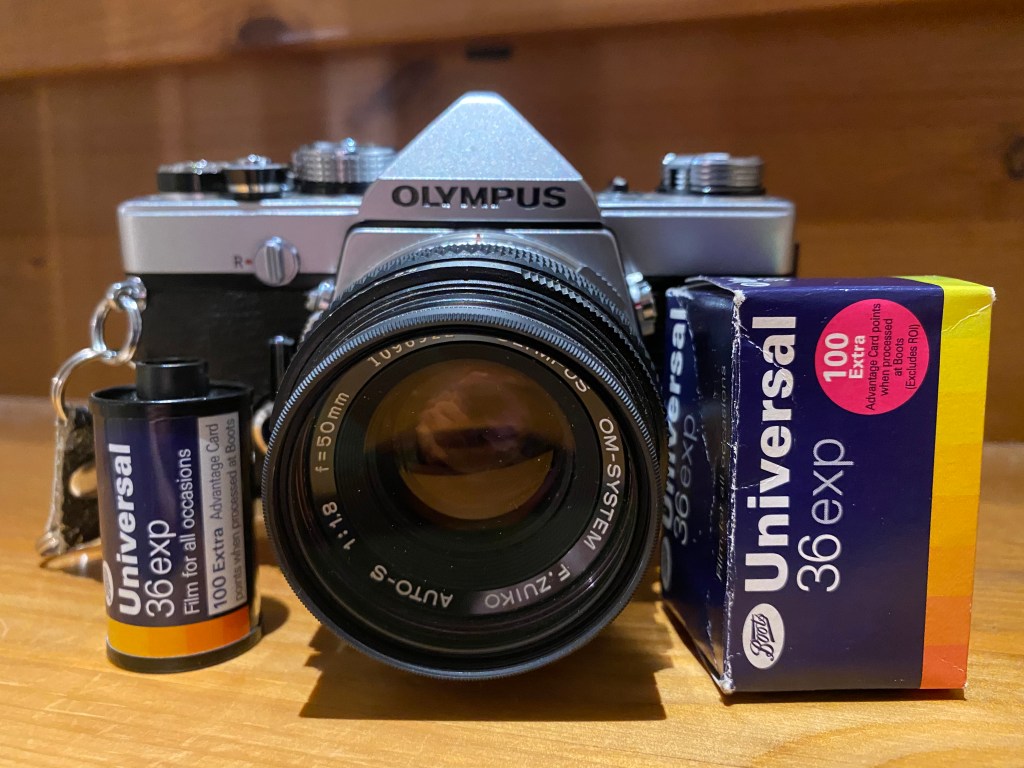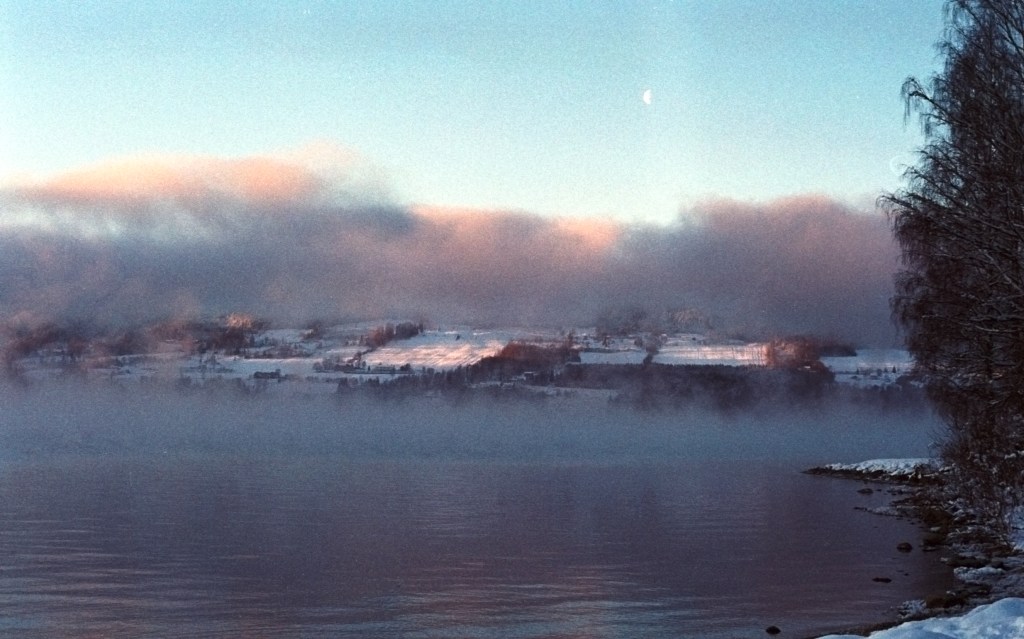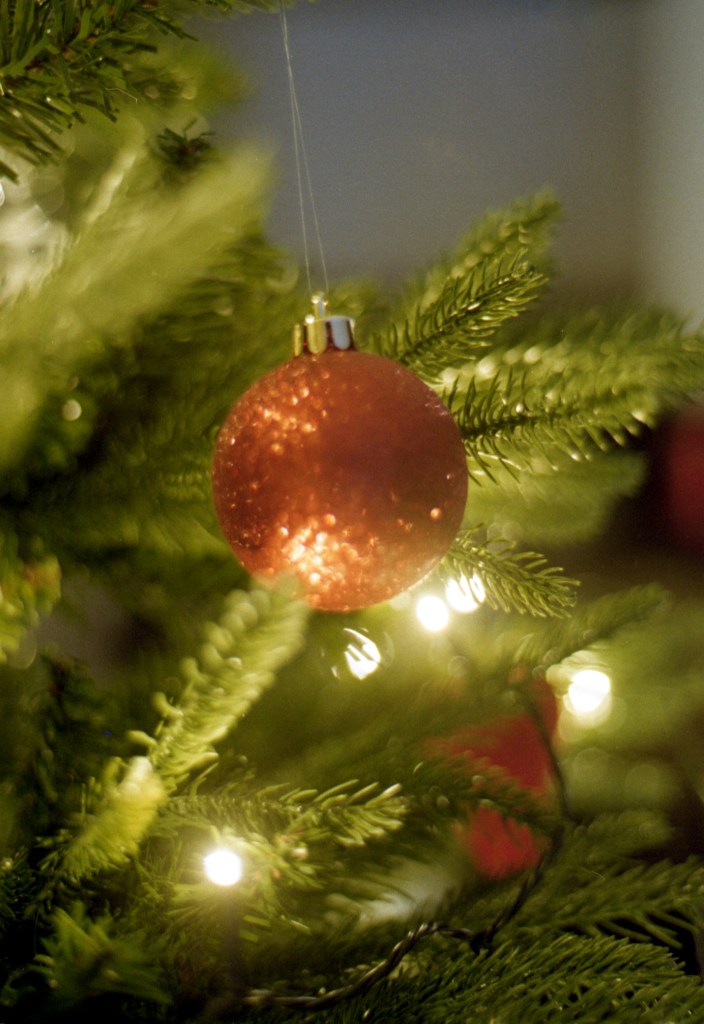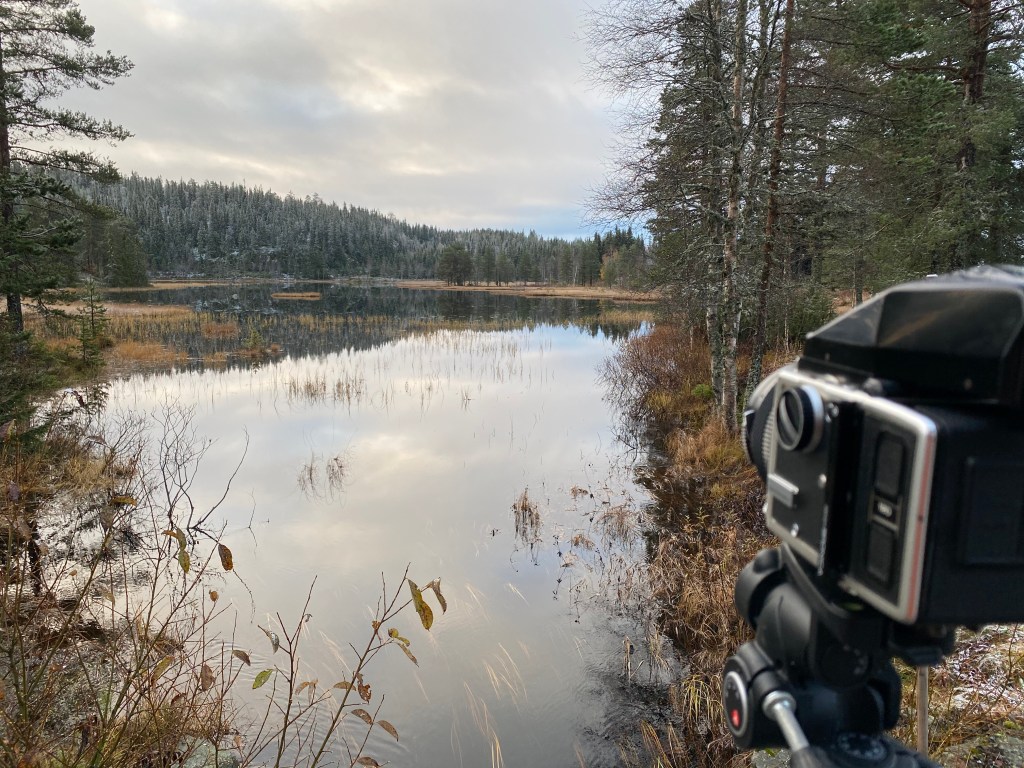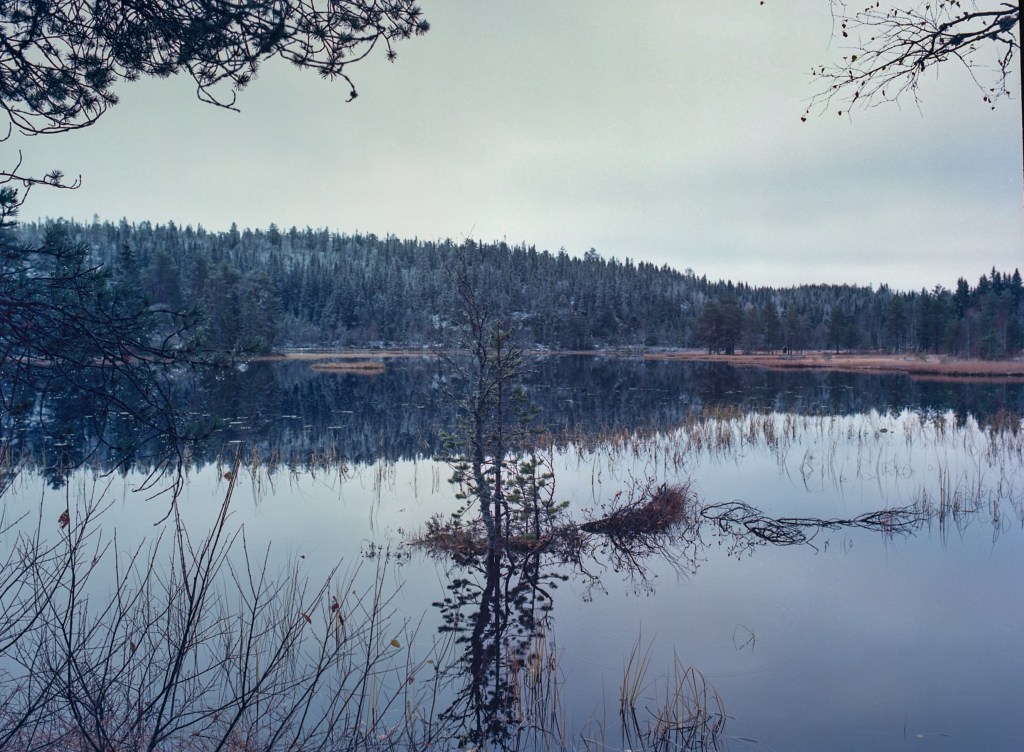Finally, after a spring seeming never to produce any heat or greens in nature, summer temperatures have finally arrived. And what arrival it took on. Temperatures shot up 20 degrees in just a few hours and from dull and bland grey weather we suddenly saw blue skies without any noticeable clouds. Weather where one has to think about how to deal with the conditions. I decided to go to a local woodland-area called Sevalskogen. An area I just noticed for having really nice «old-forest» conditions and being relatively untouched for a while.
This is also an area that was heavily disputed in the 1920s and 30s. In these years this farm was owned by former Vardal Kommune, the municipality, until it was sold to a private farmer in 1932. At this time, the forest and the uncultivated fields were still owned by the municipality, and was broken up and sold out as so-called «bureisningsbruk». These were plots that people could buy and build their own farms on. This was a very unpopular decision and after just a few (I believe 4) plots were sold, the rest of the land was given back to Seval farm. This lot of land was obviously smaller than the original farm, both with forest and land. All the farms that were built in this time still stands today.

To accompany me on this little outing, I chose the Hasselblad 500c. I have found myself to lean very much towards medium format lately, and I love using cameras with a waist-level viewfinder. I chose to roll the camera up with some Fujifilm pro 400h, a film that was sadly discontinued in January this year. I find this film to be a perfect mix of subtle colours and sharp green tones, and I find it to lean towards more of a water-color feel in the way it renders the images.
I went out with a happy spirit, but I found myself to really struggle with «getting going» this time. Just to get started, I made myself a very simple path-scene as you can see above. It is not under any circumstance a very strong composition, but it really helped me to get «into it» and get the right feel. I then progressed on and embarked into a felling-field. And here, the path mysteriously disappeared. My guess is that it has somehow been consumed by lack of use and new lush vegetation rising above the chopped down trees.
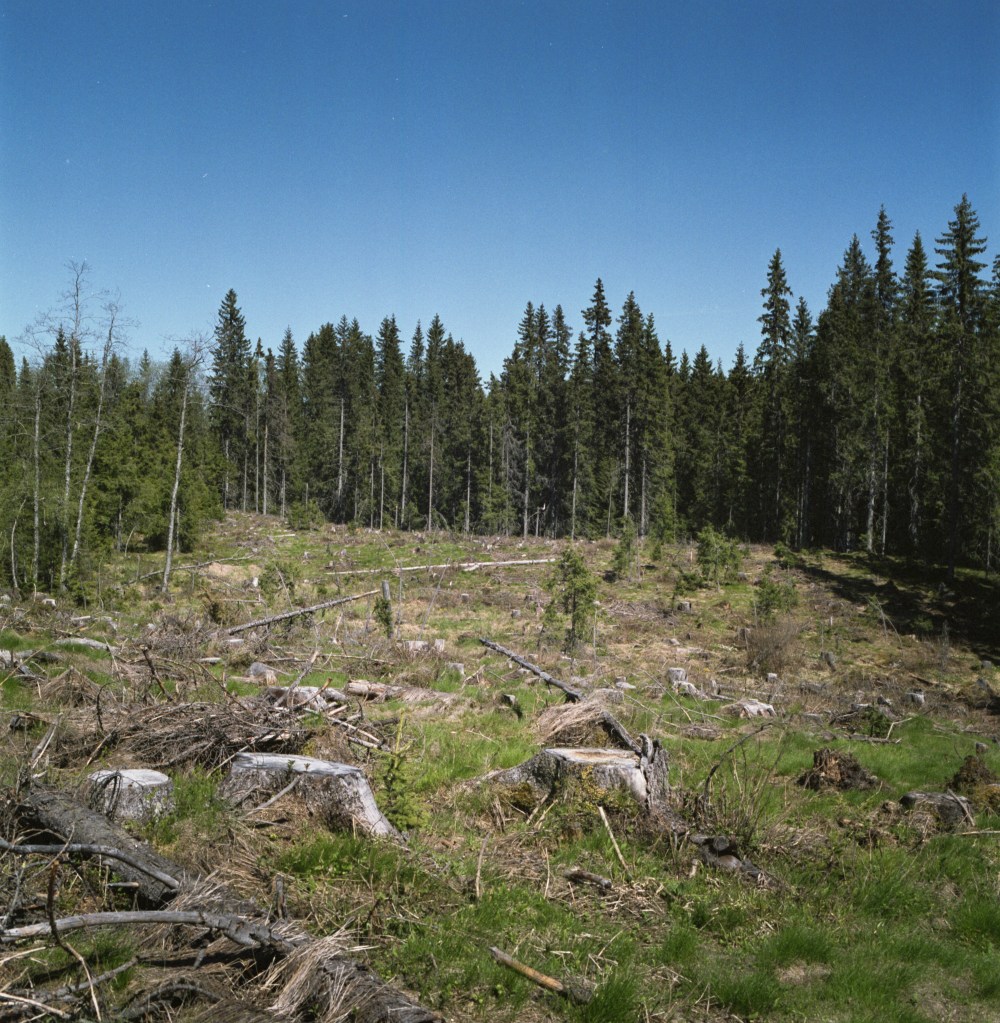
Although I couldn’t find the path, I saw a lot of small amphibians and I would guess there would be some adders lurking around the area, and since the path was a bit confusing, I decided to abandon the search for a path in the sunshine, and rather focus on the area I was already in. I turned my attention to a little tree-stub and attempted my luck there instead.
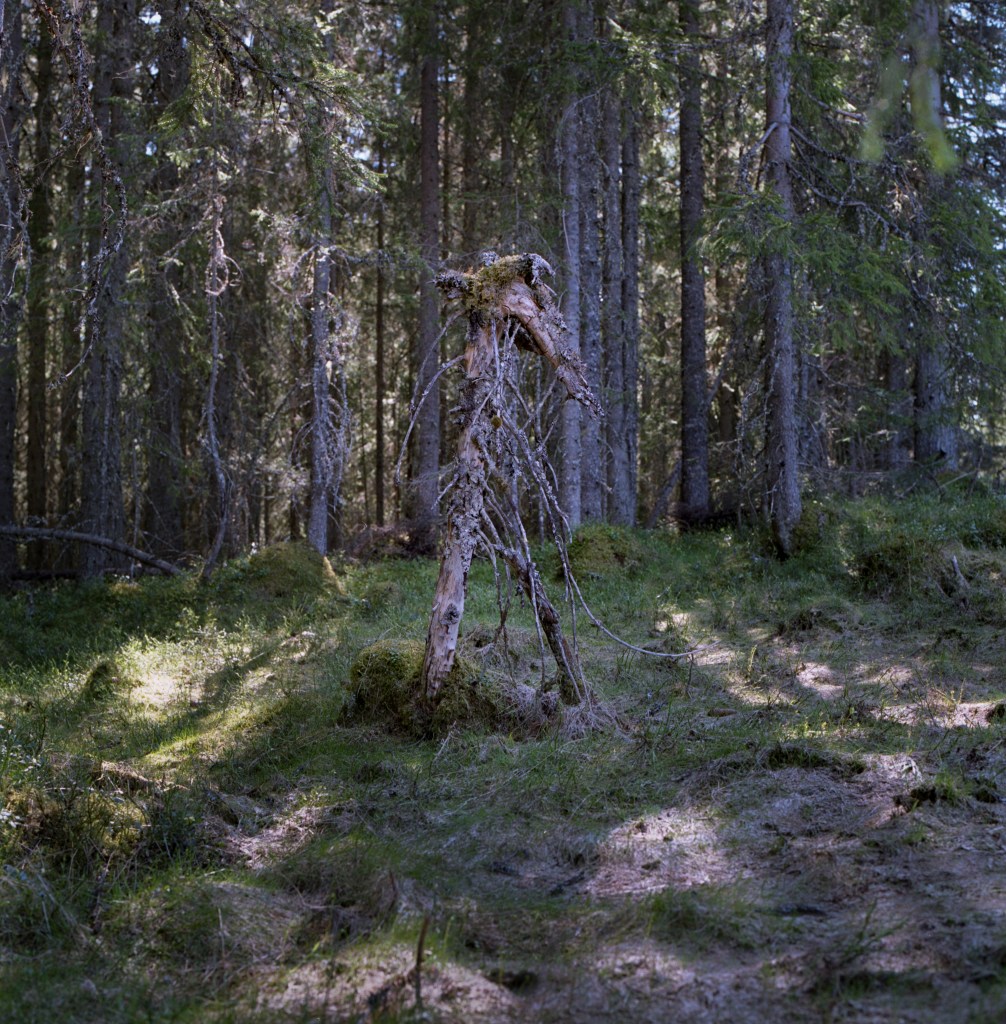
I then started my walk back to the car, and I came across a scene with lovely windflowers and some forest in the background. I decided to capture it and I will share it with you here.















